Animated Edition - Autumn-Winter 2018/19
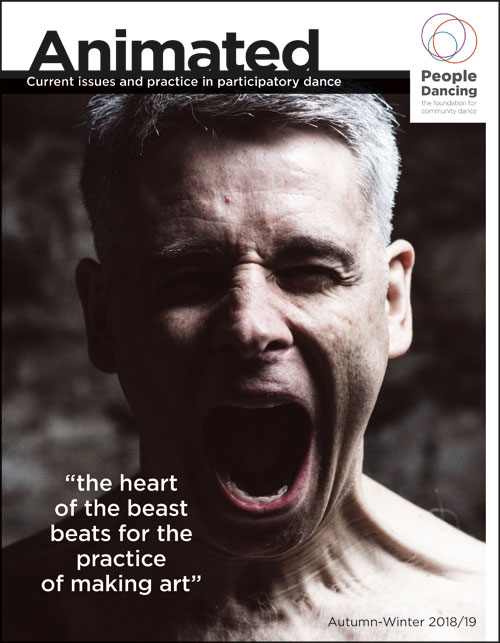
Rest of World Price:
£11.50
|
|
* All prices include delivery
Focus on: The practice of making art
Nina Simone, who described herself as an activist and an artist, and indeed fought for civil rights through her artistry, is quoted as saying: “How can you be an artist and not reflect the times?”. This edition of Animated provides a platform for the diverse voices of dance
artists and leaders sharing what drives them. How is their practice situated in and informed by the current climate, moving between and connecting the bigger picture with closer concerns? In her article, Jackie Richards talks about “more dance, more peace and a better world”.
And so to Our Dance Democracy: Dance, Performance, Culture and Civic Democracy, a conference organised by Merseyside Dance Initiative (MDI) and Liverpool Hope University, which I was fortunate to attend recently. Presenters talked coherently about artistic and creative leadership practices – ‘their practice’ - that spanned different contexts, communities and intentions. There were compelling narratives about artists and people working together through participatory practices and processes to create, and in some cases perform together, artistic works. Others described a palpable sense of communities created by people dancing through responses to shared experiences, cultural traditions, location and landscape. We hope to share some of the conference presentations in the next edition of Animated.
This experience, for me, cut straight back to one of the more useful descriptions of participatory dance I’ve heard used, which is that of people ‘making meaning for themselves and their communities through dance and dancing’. At one point in discussion a presenter asked, ‘what are we calling this thing?’ and we all nodded, and chuckled, and didn’t have an answer. Or at least, we didn’t have the same answer. There was a sense of shared and deeply understood ethics, and absolute respect for the participants, but I felt then perhaps more than ever that language, or at least our use of it, needs revisiting. So perhaps it is time for some more debate about this, about the why as well as the how.
Meanwhile in other news Matt Hancock, the current Secretary of State for Health and Social Care and former culture secretary, has stated that “Arts on prescription should be at the centre of the UK healthcare system” going on to say prescribing arts and culture should become an “indispensable tool” in tackling loneliness, mental health and other long-term conditions. These words are reinforced by a survey of GPs that showed significant support for the positive contribution engagement with the arts can make to preventing ill health and improving people’s health.
This is quite something, though of course for some healthcare professionals ‘social prescribing’ and support for dance and the arts is nothing new. Dance artists, teachers and organisations have been pioneering work in this field for many years, often in partnership with healthcare champions. But while the argument to occupy the space has been successful, the next challenge is to secure consistent resources to put policy into action. We know that dance can be a ‘cost effective’ way of enabling people to live creative, engaged and healthy lives - but it’s not free. It is simply a fact that dance artists and teachers must be supported in their work and properly paid for what they do.
Chris Stenton, Executive Director, People Dancing
chris@communitydance.org.uk
In this issue
Comment
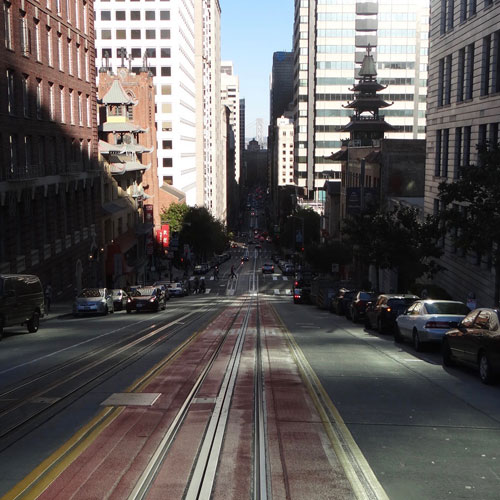
Dr Susanne Burns, Churchill Fellow 2017, is an arts and cultural sector consultant from Sunderland who travelled to Australia and the USA to study models of supporting artists whose work enables others to participate in the arts. Here, reflecting on her journey, she asks some critical questions
Community

Dawns i Bawb (DiB) is the community dance organisation for North West Wales. Covering urban and rural areas, a city and an island! It is unique, being one of the very few dance organisations in Wales working primarily through the Welsh language. Artistic Director, Catherine Young underlines its value
Folk dance & Parkinson's
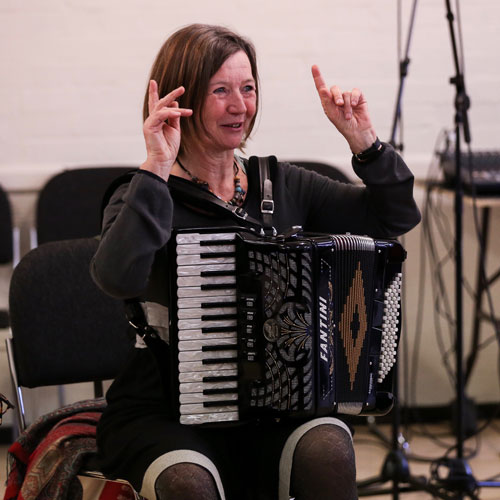
In March 2018, the English Folk Dance and Song Society (EFDSS) hosted Steps for Success, its first conference on the practice of social folk dance for several decades, in collaboration with People Dancing. The Dance for Parkinson’s Partnership UK proposed the inclusion of a workshop exploring how folk dance might be adapted for people living with Parkinson’s. Anna Gillespie, co-founder of Musical Moving, was approached to forge new connections and explore these possibilities. Here’s what she found out
In focus

DQDT Artistic Director and People Dancing board member, Dylan Quinn asks how can we choose between our artistic performance practice and developing dance opportunities for the community when both things are mutually dependable and interlinked?
In practice

Artistic Director, Gemma Coldicott, reflects on SLiDE’s (South London Inclusive Dance Experience) seminal intergenerational performance piece and highlights ways of working towards relaxed performances and inviting an audience to ‘be themselves’
Inclusive practice

Established in 2009, DanceSyndrome was the inspiration of founder and Creative Director, Jen Blackwell, who has Down’s syndrome and struggled to find opportunities to follow her dream of being a dancer and dance leader. Director (and proud mum) Sue Blackwell talks to daughter Jen and lead artist, Sophie Tickle about being empowered by inclusive dance
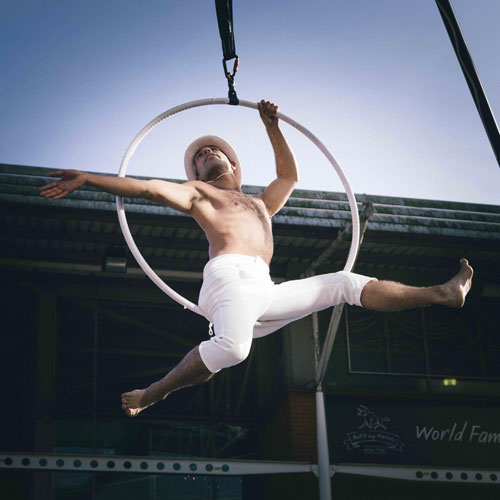
Ian Abbott, Executive Director of 2Faced Dance
Company, explains how new thinking was needed to
create MOON, an ambitious outdoor dance and
circus production which includes both British Sign
Language and Audio Description
Learning & participation
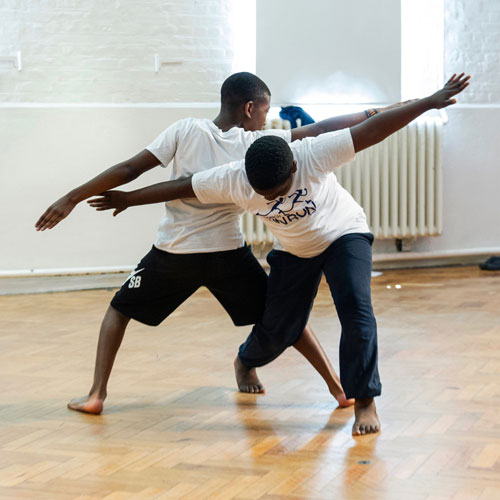
In 2018, two projects helped Shobana Jeyasingh Dance develop and nourish its ambition: a year-long residency in a London primary school, and a digital project, A Most Contagious Dance. Learning Manager, Alice Odin illustrates the benefits of this strong commitment to learning and participation
Life in dance

Dora Frankel is a dancer, choreographer, movement director, educator, mentor/coach and choreologist (dance notator). She is also Founding Artistic Director of Fertile Ground. In this article she shares a little about her life, focusing on Fertile Ground and also the greatest barrier she has faced
Older people dancing

This past year has been very significant for Liverpool based dance company Growing Older (Dis)Gracefully Dance. All members are over 60, the oldest 88 and between them they have about 400 dancing years. Long-time member Judy Smith shares their journey
Research

Based on a work-based doctorate in Professional Studies freelance advisor, presenter and older dancer Dr Jacqueline Richards talks about an evolving social phenomenon that is rising up social, health and political agendas, affecting the dancing world – dance for active older people